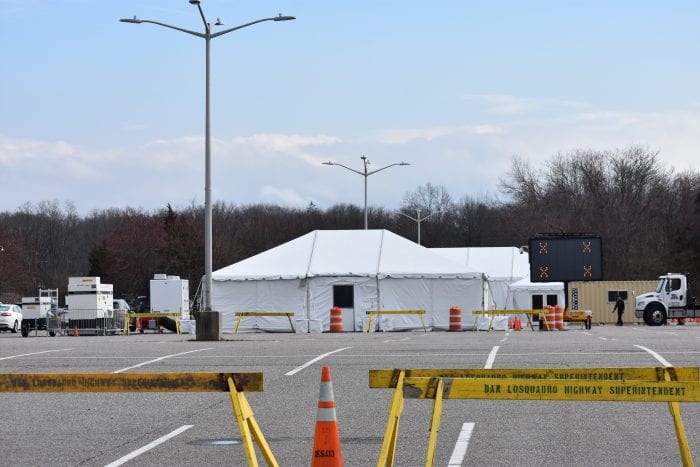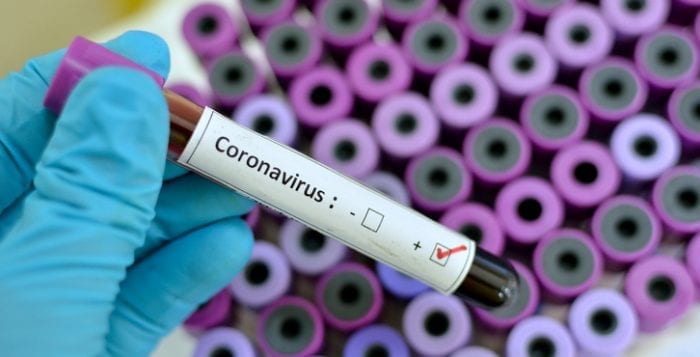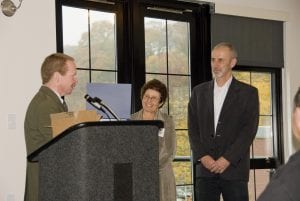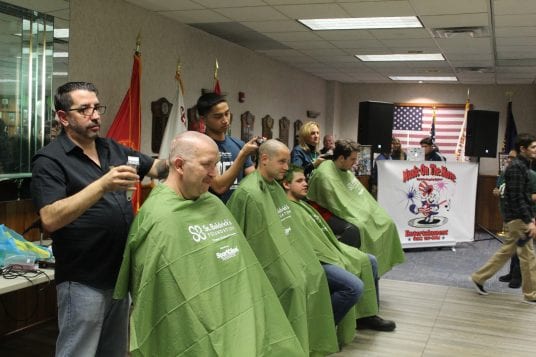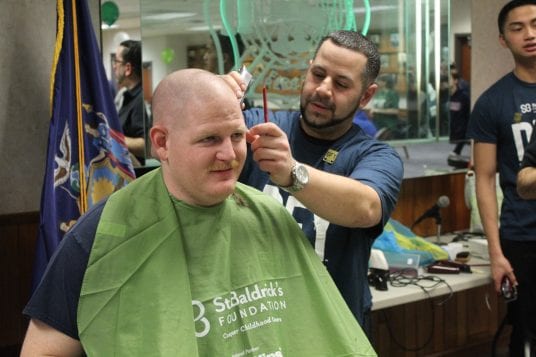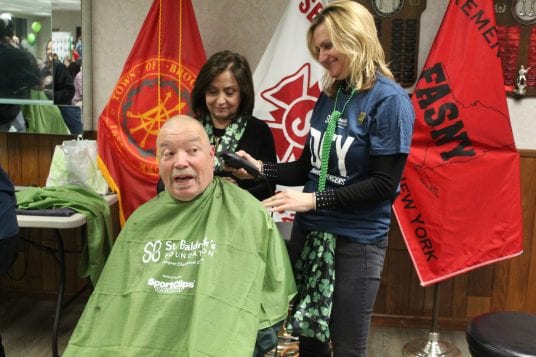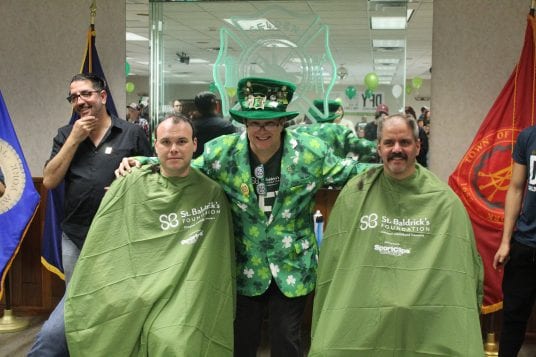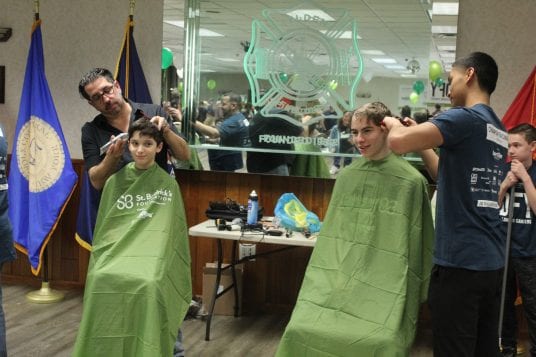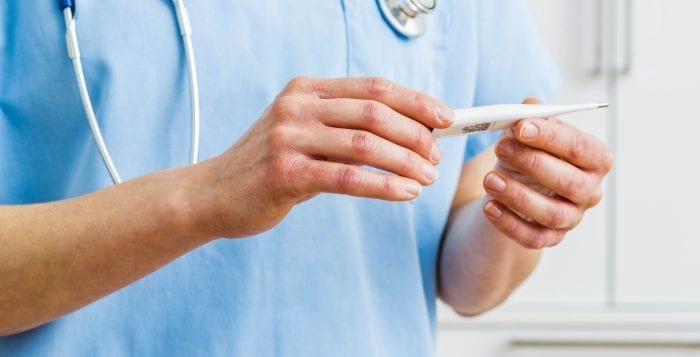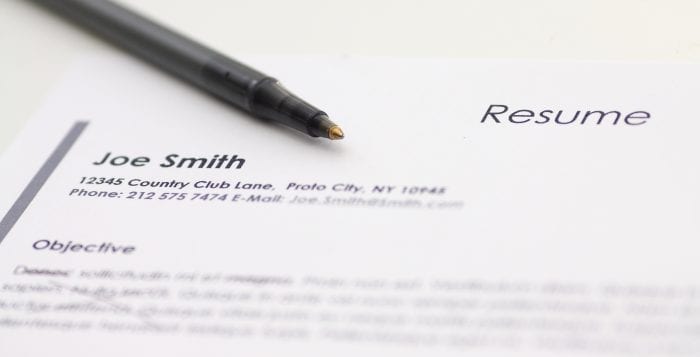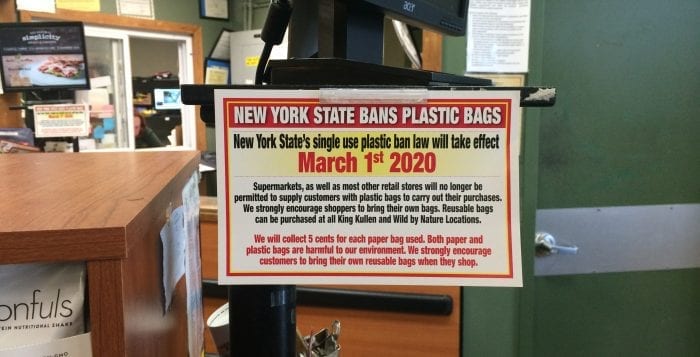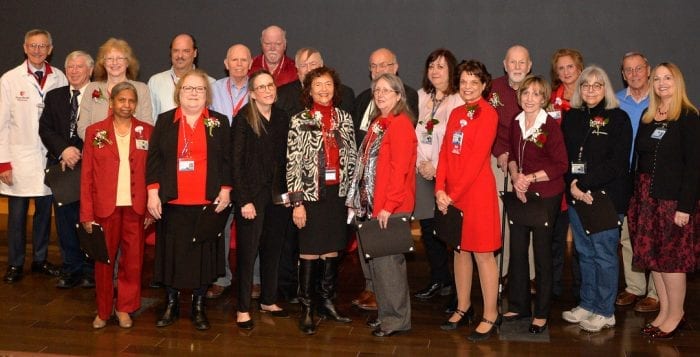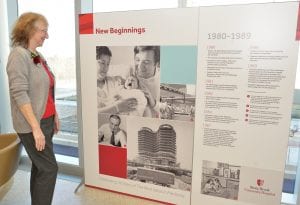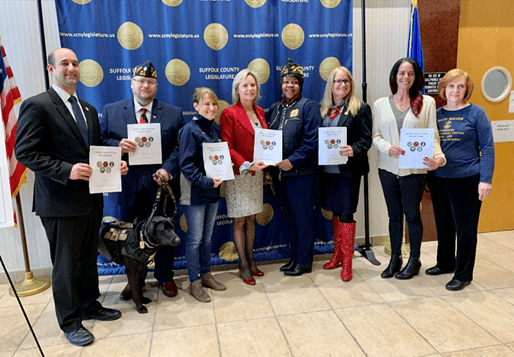Hospitals along the North Shore of Western Suffolk are changing the way they operate to keep the number of coronavirus cases down.
Stony Brook University Hospital
Stony Brook University is asking that all patients who have cold and flu-like symptoms to go directly to its emergency room department area and not get out of their cars, according to its website. Between 11 a.m. and 11 p.m., patients driving to the emergency department entrance will be greeted and screened while in their vehicles.
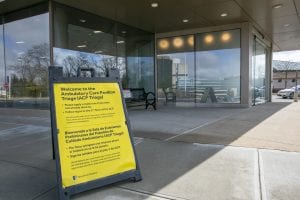
Those with cold and flu-like symptoms and mild respiratory symptoms will be directed by staff members to go to the hospital’s new triage area located in the nearby Ambulatory Care Pavilion. The triage area will be staffed by emergency medicine physicians and nurses.
According to Stony Brook Medicine, “The triage service is to separate patients with cold and flu-like symptoms from others seeking emergent care, in order to provide all patients with a streamlined environment for care and treatment.”
Dr. Eric Morley, clinical associate professor and clinical director of the SBU Renaissance School of Medicine’s Department of Emergency Medicine, said in an email the new procedure has been successful.
“The process has gone very well, and we are seeing an increasing number of patients in the triage and treatment area located in the Ambulatory Care Pavilion,” he said. “Our staff have adapted very well to the new process. The level of teamwork and dedication of our staff is clearly the driving force behind this success.”
He said doctors have seen patients with both cold and flu-like symptoms, and also those who fit the Centers for Disease Control and Prevention criteria for COVID-19 testing.
On March 18, a drive-through testing site for the coronavirus opened in the commuter P Lot on the southern end of the SBU campus. According to the office of Gov. Andrew Cuomo (D), those wishing to be tested must call 888-364-3065 to schedule an appointment. No referral from a doctor is needed but operators will ask callers questions such as age, symptoms, if they have any underlying health problems and if they have been out of the country. The information will be given to the New York State Department of Health, which will call back with an appointment confirmation if testing is deemed necessary.
SBUH has revised its visitors policy. In response to New York State declaring a state of the emergency due to COVID-19, the hospital will no longer allow visitation until further notice.
“While we understand the important role that family members and visitors play in a patient’s healing process, this is a necessary step we need to take at this time for our adult units,” a statement from SBUH officials said, adding that exceptions will be made in pediatrics, labor and delivery, maternity and neonatal intensive care, also end of life on a case-by-case basis.
Catholic Health Services of LI: St. Charles and St. Catherine hospitals
Catholic Health Services of Long Island, until further notice, has suspended visits to all its hospitals as well as skilled nursing facilities, according to its website. Hospital officials said exceptions will be made on a case-by-case basis, which will entail hospital and nursing home leadership making a decision in conjunction with its infection prevention department and following Centers for Disease Control and Prevention guidelines for screening for the coronavirus before allowing visitation. CHS may make exceptions for end of life and newborn delivery.
On the CHS website, Dr. Patrick O’Shaughnessy, executive vice president and chief clinical officer, explained the screening on the system’s website.
“At all CHS hospitals emergency departments, in our skilled nursing facilities and throughout our regional nursing service, we are actively screening, asking patients about recent travel and looking for signs and symptoms of the virus,” O’Shaughnessy said. “Symptoms include fever and respiratory issues. Also, we are taking these precautionary steps at our owned physician practices.”
CHS has canceled all elective surgeries from March 23 through April 24, according to its website.
Northwell Health: Mather and Huntington hospitals
Northwell Health Labs announced March 11 in a press release that it began semi-automated testing for COVID-19 through its Lake Success facility.
“Since we began manual testing Sunday evening, we processed about 133 tests,” said Dr. Dwayne Breining, executive director, in the press release. “Moving to this semi-automated system will enable us to increase our testing capacity immediately to about 160 a day, and then to several hundred a day later this week.”
Dr. John D’Angelo, senior vice president and executive director of Northwell Health’s emergency medicine service line, said in an email that changes have been in place for a while in its health care system.
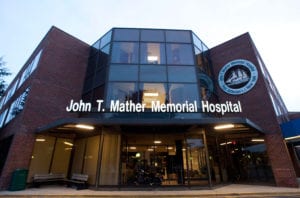
“We instituted changes from normal practice long ago, starting with 100 percent screening of all patients on arrival with positive screens being masked immediately and escorted directly to a private room for further investigation,” D’Angelo said.
He added that a decision was made soon after to mask every employee after emergency department changes.
“I believe we were the first in the region to institute such a mask mandate,” he said. “Lastly, as traditional screening (travel to CDC level 2/3 countries or known close contact) became less relevant, we decided to mask everyone — all patients, all visitors and all staff — while we continue to aggressively cohort patients with potential COVID-like symptoms.”
Emergency department volumes in the Northwell system have remained at or below average, according to hospital officials.
“The public is listening and staying home,” said Dr. Leonardo Huertas, chair of emergency medicine at Huntington Hospital.
D’Angelo said a surge plan is in place for all Northwell system emergency departments which can be used if the overall general volumes increase “or if there is a surge of COVID-suspected patients.”
He added that if a plan was needed “an exterior ‘split-flow’ model” would be put in place. This would enable those who may possibly have COVID-19 but aren’t that sick to be treated in an alternative care site adjacent to the emergency room, while “those arriving with COVID symptoms but are too sick for the alternative care site will be brought directly into a predetermined, cohort isolation area within the emergency department. Every site has such plans.”
Northwell has also canceled all elective surgeries. These surgeries, endoscopies and other invasive procedures in the outpatient setting will continue when doctors determine that they are clinically necessary.
A Mather Hospital official also said that the junior and adult volunteer programs have been suspended, and the hospital is working with Northwell on childcare alternatives for staff members.

